PHOTOGRAPHY TIPS – WHAT TO DO TO GET YOUR MEMORIES ON FILM!
With technology at an all-time high with smartphones providing sharp images of the wildlife and landscapes! Safaris and photography go hand in hand since the swap from shots from the gun to the camera came around. Pioneered by the valley's own Norman Carr, sharing what we saw on safari is quite a thrill rather than trying to ship back a dead buck! Here at Msandile we are ever amazed at the magnitude of the cameras, zoom lenses and fancy equipment our guests turn up with! Rather than showing off fancy cars it seems the big zoom lenses are the comparison of choice on drives!! We absolutely love seeing what you manage to capture and the creativity involved in post editing and new viewpoints! Please do feel free to tag us in anything you share or send it to us so we can show you off!
Whilst most of you come to us as experts in the field it never hurts to share some of our tips and tricks for those that are starting out, or like me have all the gear and no idea!
TIMING
 What do you want to photograph? Tiny cute babies, gnarly kills, beautiful birds, green backgrounds, dusty soils? Seasonality is everything. Green season brings dramatic backdrops, dark skies lit up by lightning, lush green emerging bush, babies and birds however the rain brings problems of getting deep into the bush and the animals are more spread out! The height of the dry/high season clears the bush right back to dusty skies and brown leaves but congregates the predators and prey round waterholes and gives some graphic action from starving and dehydrated skinny herbivores to actual kills which can be hard to watch. This season also brings the nesting carmine bee-eaters and mating cats as opposed to spring which brings rutting antelope. Do your research (*we have many blogs on this or feel free to just ask!), get inspired by other photographers in the area. Visualize “your hot” and then let us make that a reality!
What do you want to photograph? Tiny cute babies, gnarly kills, beautiful birds, green backgrounds, dusty soils? Seasonality is everything. Green season brings dramatic backdrops, dark skies lit up by lightning, lush green emerging bush, babies and birds however the rain brings problems of getting deep into the bush and the animals are more spread out! The height of the dry/high season clears the bush right back to dusty skies and brown leaves but congregates the predators and prey round waterholes and gives some graphic action from starving and dehydrated skinny herbivores to actual kills which can be hard to watch. This season also brings the nesting carmine bee-eaters and mating cats as opposed to spring which brings rutting antelope. Do your research (*we have many blogs on this or feel free to just ask!), get inspired by other photographers in the area. Visualize “your hot” and then let us make that a reality!
It is also important to see what time of day you shoot, during the harsh midday sun all the animals hide in the shade, the sunlight is flat and photo opportunities are far and few between. The first sunlight and last are your best chance at really interesting pictures in the golden hours. The light is beautiful and the predators are active.
EQUIPMENT
 There are long and lengthy discussions on what is the best equipment out there and we could go on at length about our favourites but ultimately it is going to depend on your budget, what you want to achieve and the weight of the equipment. A DSLR is preferable as the image through the lens is what will reflect on what you download, as well as the mirrorless cameras. You can get some older versions fairly cheaply and if you don’t want to spend the money you may consider renting one at a fraction of the cost! Make sure you have a zoom lens. We would recommend a minimum of 300mm. whilst you do get up close to the animals, some maybe far off road or for the birds which are harder to get close to. It gives you the flexibility of an animal in its landscape or to zoom into the details you want to capture.
There are long and lengthy discussions on what is the best equipment out there and we could go on at length about our favourites but ultimately it is going to depend on your budget, what you want to achieve and the weight of the equipment. A DSLR is preferable as the image through the lens is what will reflect on what you download, as well as the mirrorless cameras. You can get some older versions fairly cheaply and if you don’t want to spend the money you may consider renting one at a fraction of the cost! Make sure you have a zoom lens. We would recommend a minimum of 300mm. whilst you do get up close to the animals, some maybe far off road or for the birds which are harder to get close to. It gives you the flexibility of an animal in its landscape or to zoom into the details you want to capture.
You also may consider a beanbag for stability, if you are stuck on weight limits or space you can fold up a jumper or towel to help achieve the same! Bring lots of memory cards, spare batteries and chargers!! If you get a great sighting, you may spend an hour shooting many 100s of pictures and quickly drain a battery, we know this only too well. With digital film it is much better to take too many pictures and delete later than run out of space or battery and miss “the shot”.
COMPOSITION
 There are guidelines and personal choices, again, here but as a rule of thumb each shot is divided into 9 rectangles and you want to envision these as thirds. Using the negative space to create movement and direction. Try not to cut off animals by the tail, wing, feet etc as it doesn’t follow a natural line and leaves the spectator wanting more of the image. It is all about natural focus. Typically you want a center the focus either in the middle, left or right third using nature to frame the picture. If it looks odd it will feel odd to the person you show the picture to so try to keep it clean with one main focus and natural framing. Take a look through other photographers and see what appeals to you and try to emulate that or let them inspire your own shot.
There are guidelines and personal choices, again, here but as a rule of thumb each shot is divided into 9 rectangles and you want to envision these as thirds. Using the negative space to create movement and direction. Try not to cut off animals by the tail, wing, feet etc as it doesn’t follow a natural line and leaves the spectator wanting more of the image. It is all about natural focus. Typically you want a center the focus either in the middle, left or right third using nature to frame the picture. If it looks odd it will feel odd to the person you show the picture to so try to keep it clean with one main focus and natural framing. Take a look through other photographers and see what appeals to you and try to emulate that or let them inspire your own shot.
Get to know your subject matter, its behavior and its habitat. It will help anticipate the settings you need and also give you a better shot of the animal itself. Get low, the subject matter of the photo will always be great but what makes a shot stand out is eye contact and the easiest way to do that is to get the lowest angle safely possible. Ground perspective is best but not always possible so try to get on the floor of the car for a lower perspective or sit next to the guide in the passenger seat!
PLAY
 Whilst there are many tips and tricks for what settings to put on your camera, we will briefly suggest the best way to learn what works for you is to play around. Take the breaks between drives and find some birds or insects, play around with what works and doesn’t. All too often we put too low an F stop on and wonder why the leopard nose is in focus and the rest of the face is not. Depth is incredibly important and creating that can be beautiful, the blurred sandy blades of grass before the sharp spots of a leopard can give a sense of closeness and focus to your subject.
Whilst there are many tips and tricks for what settings to put on your camera, we will briefly suggest the best way to learn what works for you is to play around. Take the breaks between drives and find some birds or insects, play around with what works and doesn’t. All too often we put too low an F stop on and wonder why the leopard nose is in focus and the rest of the face is not. Depth is incredibly important and creating that can be beautiful, the blurred sandy blades of grass before the sharp spots of a leopard can give a sense of closeness and focus to your subject.
For birds you will need anything above 1/3200 to capture any detail in the wings, movement blur can be great when you want to create movement in your picture but if you are looking for sharp detail you will need a fast shutter speed. I am a big fan of an over or under exposure that gives those harsh white or black backgrounds that can really frame an animal. So have a play with the more static animals to see how you like to create your own style!
The ISO is also important and the higher the ISO the grainier your image will be. Some photographer’s (myself included) use an auto ISO so the camera will find the best setting for you. With wildlife there are often fast changes and changing all 3 settings at once can be tricky and time consuming so don’t feel like you are cheating if you want to have some help!
Above all once you have what you think could be the shot, play around, get different angles, zoom lengths, play with under and over exposure. Some of my favourite pictures have been an ‘accident’ with what I considered the wrong settings so don’t be afraid to break the rules!
ASK QUESTIONS
 Your guide is your best friend here, if you want to move a smidge forward because there is a pesky grass stalk in front of a lion’s eye just ask! Maybe the light is better from one side or you especially want to spend an hour with the bee-eaters at the river bank. Our guides will do their best to make sure you get the best angle you want but they are not mind readers so speak up and let them help you! As long as you aren’t trying to get too close or off road, they are more than happy to help with any requests you may have!
Your guide is your best friend here, if you want to move a smidge forward because there is a pesky grass stalk in front of a lion’s eye just ask! Maybe the light is better from one side or you especially want to spend an hour with the bee-eaters at the river bank. Our guides will do their best to make sure you get the best angle you want but they are not mind readers so speak up and let them help you! As long as you aren’t trying to get too close or off road, they are more than happy to help with any requests you may have!
MORE THAN WILDLIFE
 Don’t forget to shoot more than just the wildlife, the landscapes, dramatic weather, stars all make for great subject matter. Not only that but the people!! Please always ask permission to take or share pictures you take of others but these pictures often convey emotion, culture and heritage of the places you are visiting not just the safari drives! It doesn’t have to just be the Luangwa 5 (we swapped rhinos for wild dogs!) the smaller animals, insects, birds etc all have their place in your albums and can be much more exciting than a sleeping lion!
Don’t forget to shoot more than just the wildlife, the landscapes, dramatic weather, stars all make for great subject matter. Not only that but the people!! Please always ask permission to take or share pictures you take of others but these pictures often convey emotion, culture and heritage of the places you are visiting not just the safari drives! It doesn’t have to just be the Luangwa 5 (we swapped rhinos for wild dogs!) the smaller animals, insects, birds etc all have their place in your albums and can be much more exciting than a sleeping lion!
ENJOY
 At the end of the day these are your pictures. Whether you want to sell them, showcase them to family and friends or hang them in your bedroom these pictures are for you so if you love them then really that’s all that counts! Don’t get too stressed at getting the perfect picture, it doesn’t exist! Art is subjective and your enjoyment of the holiday and your pictures is what matters most!
At the end of the day these are your pictures. Whether you want to sell them, showcase them to family and friends or hang them in your bedroom these pictures are for you so if you love them then really that’s all that counts! Don’t get too stressed at getting the perfect picture, it doesn’t exist! Art is subjective and your enjoyment of the holiday and your pictures is what matters most!
Further Reading
Deon Kelbrick We are lucky enough at Msandile to get lots of photographers pass through camp, from the amateur iPhone snappers to the world-famous mirrorless, big lens captures.
By now you may have realised that most of our management team, some of our guides and even some of our waiters are aspiring photographers. With a constant source of inspiration streaming from the bush you can easily get carried away taking 1000s of shots but not getting quite what you wanted. We absolutely love having amateur photographers coming to stay, sharing tips, gathering round the computers to show off edits and...


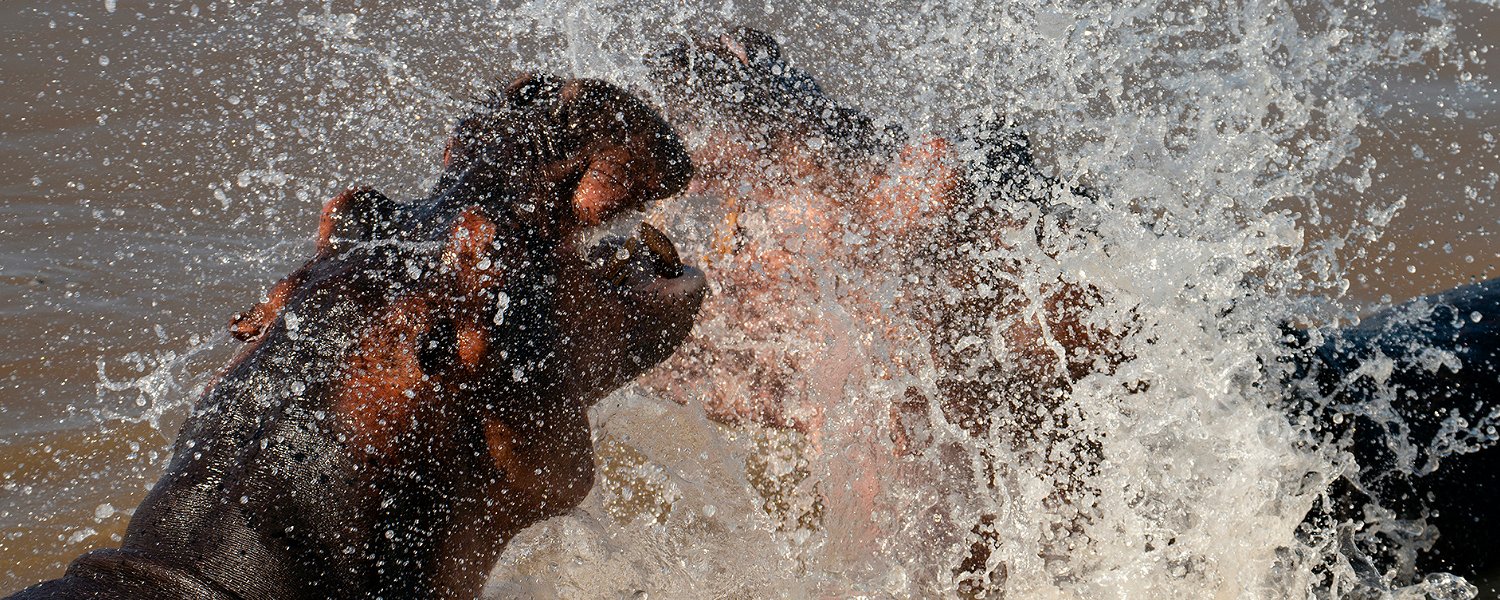

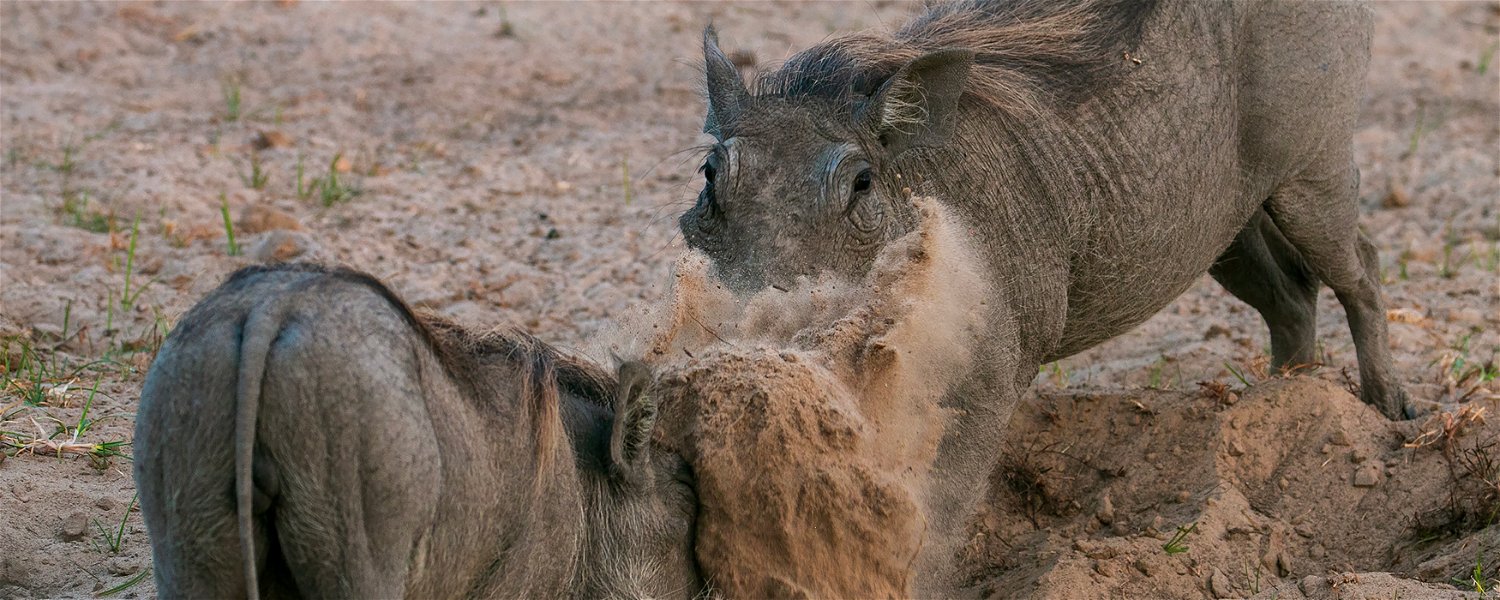
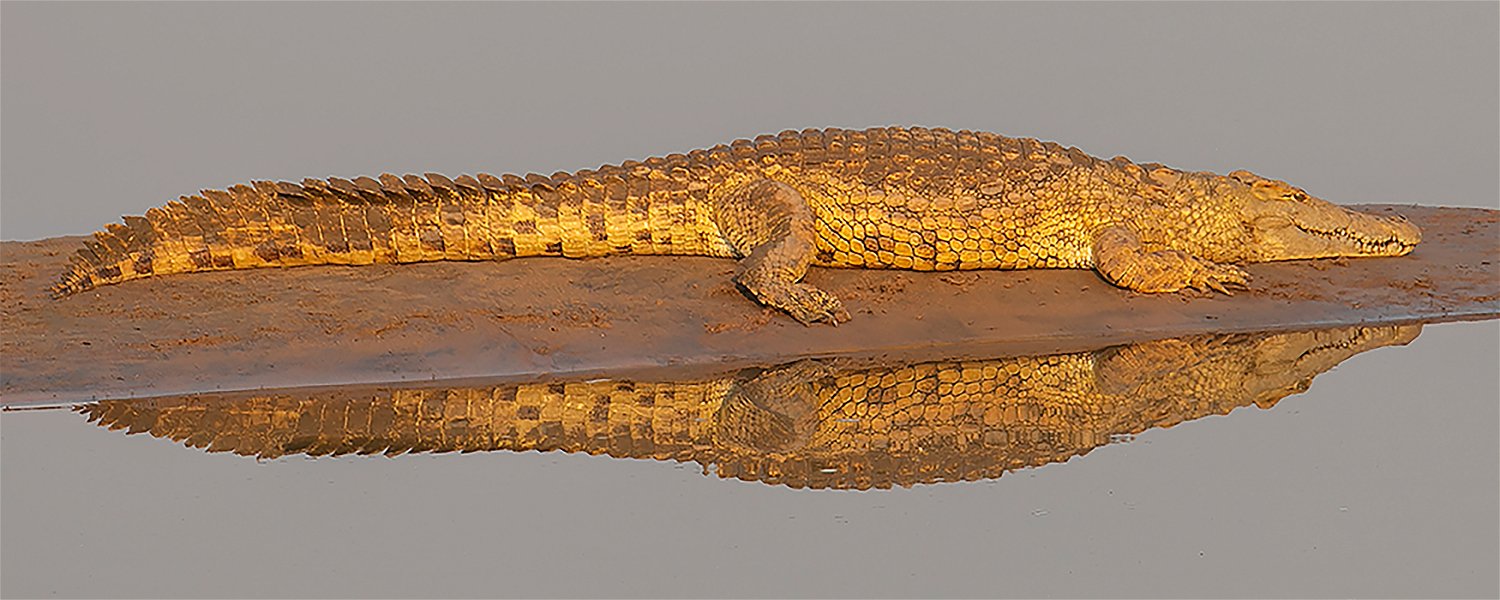
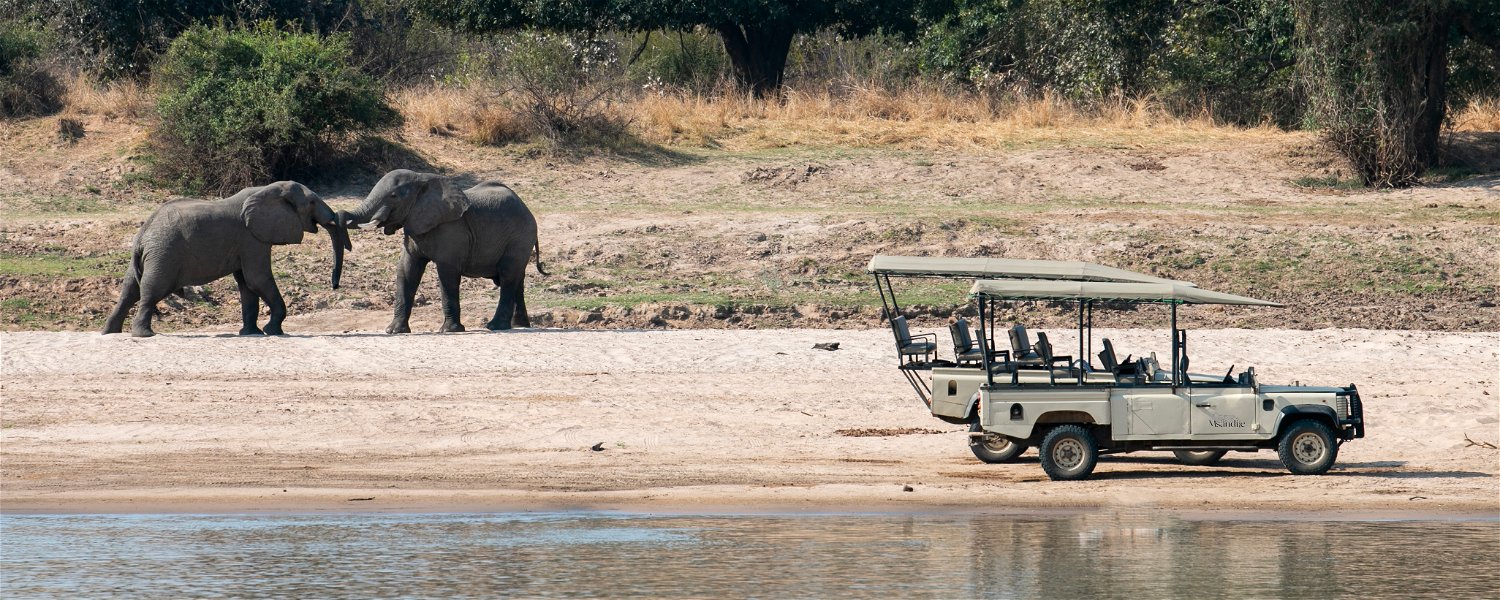

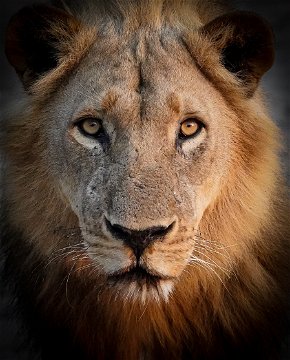
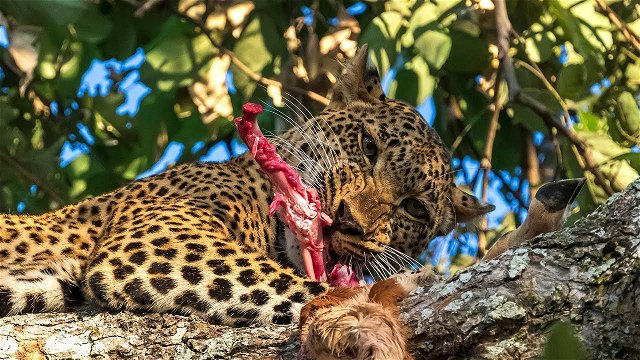


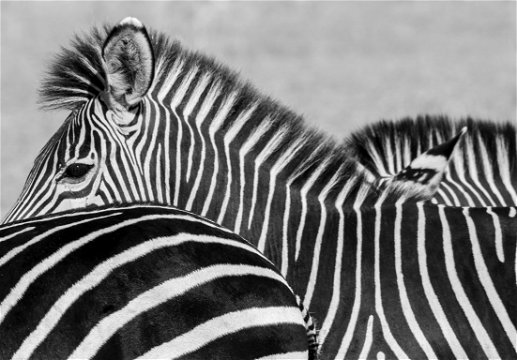
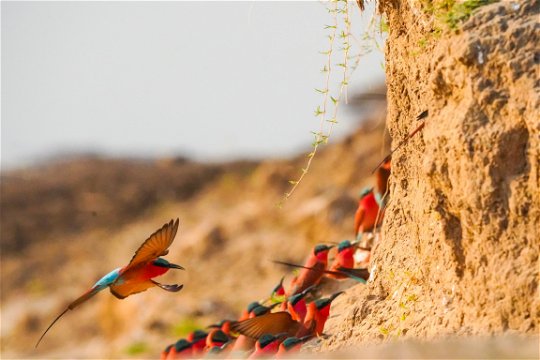
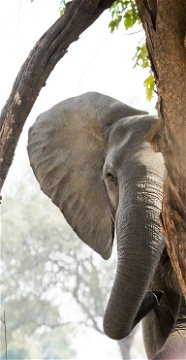
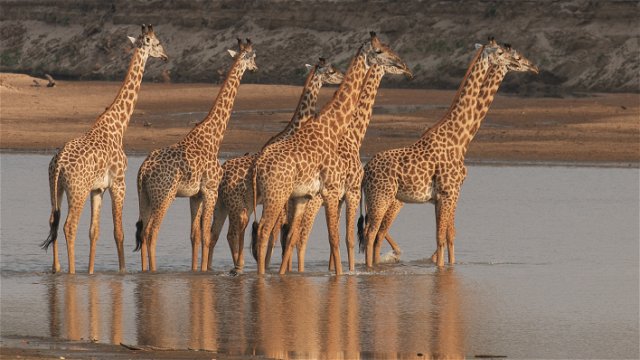
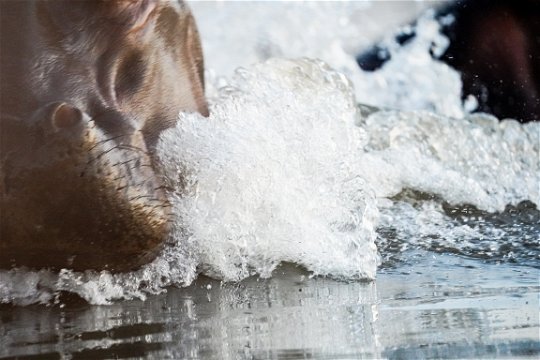
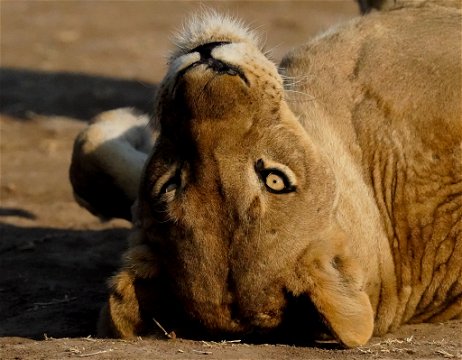
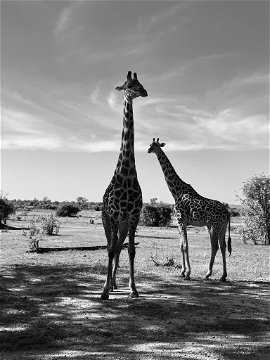
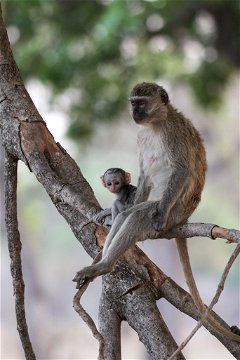
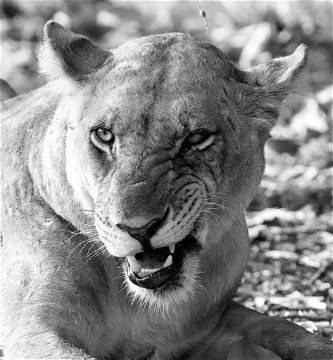
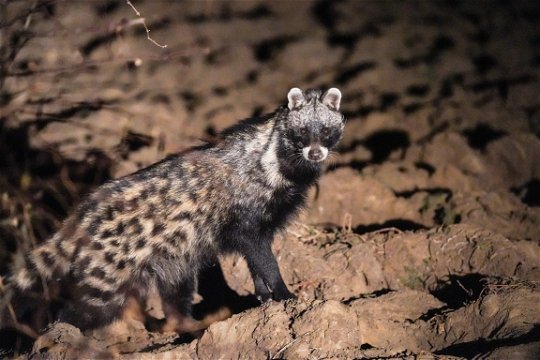
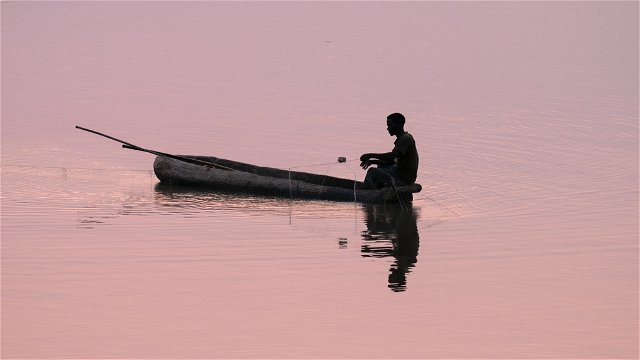

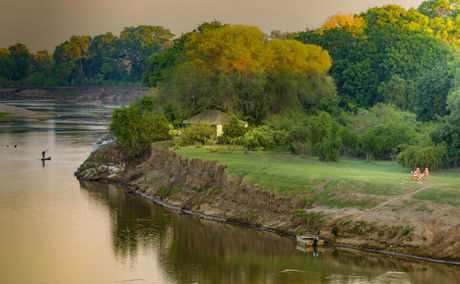
Share This Post